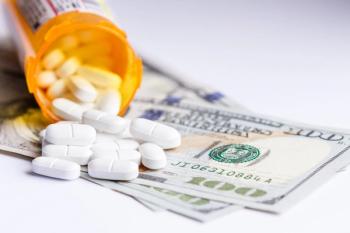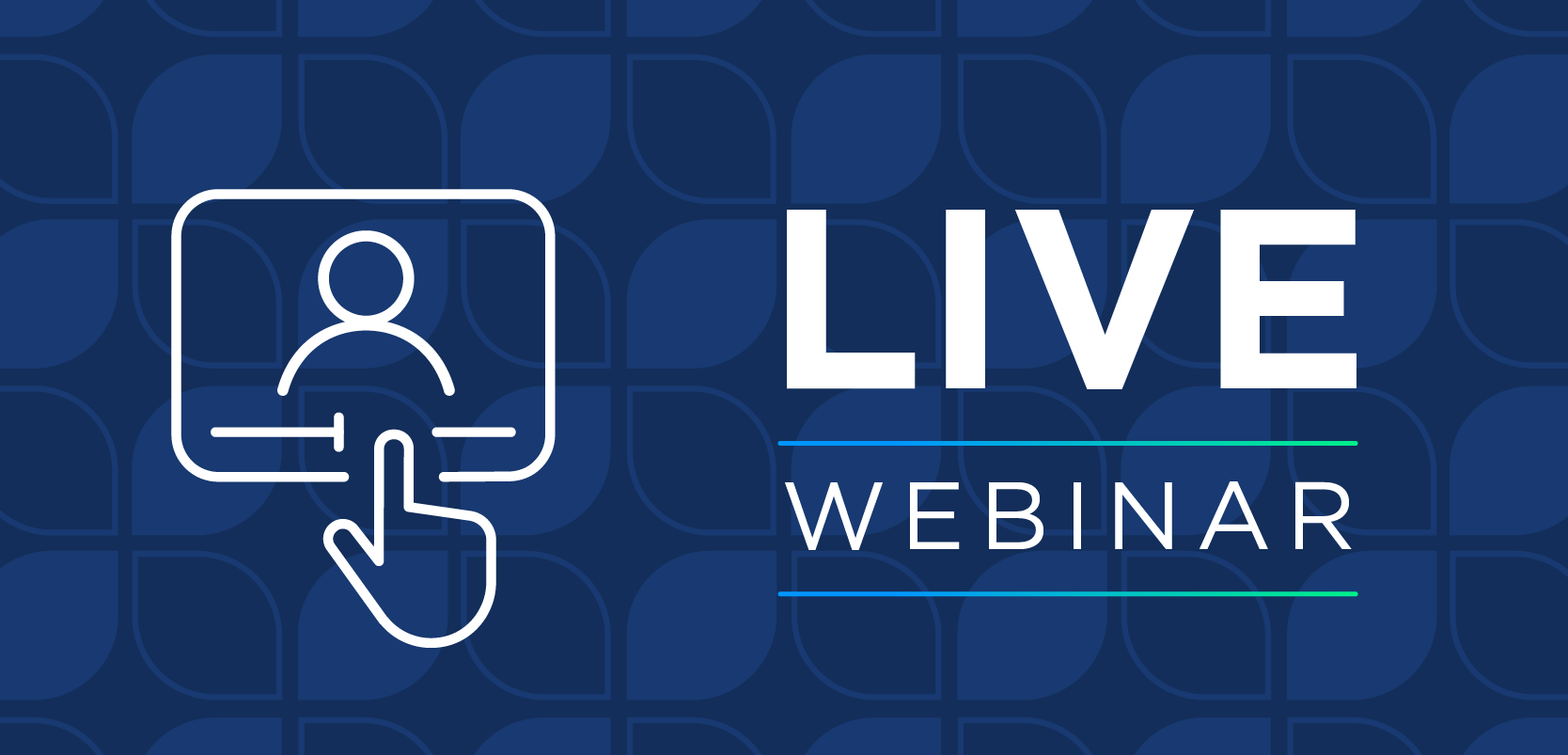
- August 2015 Pain Awareness
- Volume 81
- Issue 8
Low Back Pain: Strategies for Care and Prevention
The low back, also known as the lumbosacral region, is a complex structure of interconnected and overlapping tendons, ligaments, muscles, nerves, joints, and discs.
Overview
Sixty percent to 80% of adults in the United States experience low back pain (LBP) at some point in their lives.1,2 This condition leaves approximately 2.4 million people chronically disabled and an equal number temporarily disabled.2 Acute LBP lasts for less than 4 weeks, subacute LBP lasts between 4 and 12 weeks, and chronic LBP lasts for more than 12 weeks.1
Causes
The low back, also known as the lumbosacral region, is a complex structure of interconnected and overlapping tendons, ligaments, muscles, nerves, joints, and discs. Although most causes of LBP are mechanical, they can occasionally indicate a more serious condition.1 Mechanical sources of LBP may include muscle or ligament strain, bulging or ruptured discs, nerve compression, arthritis, skeletal irregularities, and osteoporosis.1,3 Additional (albeit less common) causes of LBP include tumors, cauda equina syndrome, abdominal aortic aneurism, kidney stone, or infection.1
Risk factors for LBP include increased age, excess weight, and lack of exercise. Pelvic changes in pregnant women, genetics (arthritis), mental health factors (depression and anxiety lead to increased focus on pain), occupational factors (heavy lifting, pushing, or pulling) and backpack overload (think pharmacotherapeutics) can also contribute.1
Symptoms
Some of the most common symptoms of LBP may include muscle ache, localized pain (shooting/stabbing), pain radiating down the legs, limited range of movement, and inability to stand up straight.4,5 Patients should be directed to seek immediate medical attention if they present with pain accompanied by new bowel or bladder problems, pain that causes throbbing in the abdomen or is accompanied by a fever or unexplained weight loss, or pain that is the result of an injury. Patients should also be directed to their physicians if they have LBP and a history of cancer, osteoporosis, steroid use, or drug or alcohol abuse.4,6
Diagnosis
Providers will ask questions about the pain and perform a physical exam of the patient. They may ask the patient to sit, stand, or move around while observing flexibility, range of motion, and posture.4 If there is reason to suspect a specific condition, the provider may also order other tests including x-rays, computerized tomography, myelograms, discography, magnetic resonance imaging, electrodiagnostics, bone scans, ultrasound imaging, or blood tests.1,4
Treatment
Treatment for LBP depends on the location, severity, and duration of back pain, as well as what adverse effects (AEs) a patient can tolerate.7 For nonspecific LBP, patients can usually treat themselves at home and the pain will resolve in a few days to a few weeks.8 Other treatments include acupuncture, massage, physical therapy, spinal manipulation, yoga, and surgery.6 Here are some suggestions you can tell your patients to help them manage their LBP:
- Resting the back for a short time may be advisable. Anything more than a few days may cause more harm than good to your back. Activity should be resumed as tolerated, although you should avoid those activities that increase your pain.4 The best exercises for LBP increase core strength and stability. Walking may be the best exercise, but a physical therapist can also suggest other exercises that increase flexibility and strength.6
- Ice or heat applied to the site of pain can help reduce discomfort and inflammation. Heat will open blood vessels to the back, thereby increasing oxygen delivery to the pain areas and decreasing muscle spasms. Ice will constrict blood vessels, thereby reducing inflammation, which may help ease deep pain.8
- Several OTC remedies are available. Pain relievers such as acetaminophen work to reduce pain, but have no effect on inflammation or muscle spasms. Topical creams, ointments, gels, and patches containing capsaicin, camphor, menthol, eucaluptus oil, and heat may provide temporary relief.
- OTC and prescription nonsteroidal anti-inflammatory drugs (NSAIDs) may be used to help with pain and inflammation; however, a patient’s medical and allergy history should be used to screen for interactions and contraindications. Patients should be advised to read all labeling instructions and adhere to recommended dosages, administration, and duration of use. For information on NSAIDs, please see the online Table.9
- Transcutaneous Electrical Nerve Stimulation (TENS) units have recently been approved for OTC use. These machines help keep pain signals from reaching the brain by sending stimulating pulses across skin and along nerves. TENS units also stimulate the release of endorphins, which help decrease the perception of pain.
- Muscle relaxants may be added to your NSAIDs or OTC pain relievers by your provider if these products are not relieving your back pain on their own. Muscle relaxants help to relieve muscle spasms that cause back pain. Several muscle relaxants are available, including baclofen, carisoprodol, cyclobenzaprine, methocarbamol, and some benzodiazepines. Sedation is the most common AE of these medications.7
- Medications that work on the pain receptors in the brain are often used in patients with chronic LBP. These medications include codeine, hydrocodone, hydromorphone, meperidine, morphine, oxycodone, and tramadol. The most common AEs are nausea, vomiting, constipation, drowsiness, and dizziness.7
- Corticosteroids, such as dexamethasone, methylprednisolone, or prednisone, may be taken orally. Corticosteroids can also be injected into the painful area to reduce inflammation. Short-acting injectable agents include cortisone and hydrocortisone. Intermediate-acting agents include prednisone and methylprednisolone. Long-acting forms include dexamethasone and betamethasone. The AEs of systemic corticosteroids include sodium and fluid retention causing weight gain and edema, potassium loss, headache, muscle weakness, puffy face (moon face), facial hair growth, thinning of the skin and easy bruising, slow wound healing, glaucoma, cataracts, peptic ulcers, loss of glucose control, menstrual irregularity, and buffalo hump. Certain drugs reduce hepatic metabolism of corticosteroids, including erythromycin, estrogens, clarithromycin, and ketoconazole. Phenobarbital, ephedrine, phenytoin and rifampin increase hepatic metabolism of corticosteroids. More frequent monitoring of blood glucose levels, international normalized ratios, and potassium levels will be necessary for some patients.
- Certain antidepressants and anti-seizure medications may be beneficial if LBP is the result of nerve issues. Chronic LBP may be managed with certain tricyclic antidepressants.
Table: Information on Nonsteroidal anti-inflammatory drugs9
Class
Drug
Adverse Effects
Warnings
Drug Interactions
OTC
Aspirin
Frequent: nausea, vomiting, diarrhea, constipation, ↑ appetite, rash, dizziness, headache, drowsiness
Other:
kidney failure, liver failure, ulcers, prolonged bleeding
Do not use in children
Causes reduced blood flow to kidneys, thereby reducing the action of diuretics and the elimination of lithium and methotrexate.
Decrease blood clotting ability and have an additive effect with other blood thinners, such as warfarin, Plavix, xarelto, and enoxaparin.
May increase blood pressure, thereby antagonizing antihypertensives.
Increase the negative effects of cyclosporine in the kidneys.
OTC
Ibuprofen
May increase the risk of potentially fatal heart attacks, stroke, and related conditions (increases with duration of use)
OTC
Naproxen sodium
Rx
Celecoxib
Rx
Diclofenac (tablets, gel, and patch)
Rx
Diflunisal
Rx
Etodolac
Rx
Ibuprofen (>200 mg)
Rx
Indomethacin
Rx
Ketoprofen
Rx
Ketorolac
Rx
Nabumetone
Rx
Naproxen (>220 mg)
Rx
Oxaprozin
Rx
Piroxicam
Rx
Salsalate
Rx
Sulindac
Rx
Tolmetin
OTC = over-the-counter; Rx = prescription
Prevention
Simple strategies can be used to prevent LBP and keep it from returning. Exercise to keep core muscles strong and flexible, lose excess weight, sit and stand with good posture, and bend, lift, push, and pull properly to avoid injury.10
Dr. Kenny earned her doctoral degree from the University of Colorado Health Sciences Center. She has 20-plus years of experience as a community pharmacist and is a clinical medical writer based out of Colorado Springs, Colorado. Dr. Kenny is also the Colorado education director for the Rocky Mountain Chapter of the American Medical Writers Association.
References
- Low back pain fact sheet. National Institute of Neurological Disorders and Stroke website. www.ninds.nih.gov/disorders/backpain/detail_backpain.htm. Published December 2014. Accessed May 11, 2015.
- Low back pain. University of Maryland Medical Center website. http://umm.edu/health/medical/altmed/condition/low-back-pain. Updated May 31, 2013. Accessed May 12. 2015.
- Low back pain - cause. WebMD website. www.webmd.com/back-pain/tc/low-back-pain-cause. Updated August 16, 2013. Accessed May 12, 2015.
- Mayo Clinic staff. Back pain: definition. Mayo Clinic website. www.mayoclinic.org/diseases-conditions/back-pain/basics/definition/con-20020797. Published September 11, 2015. Accessed May 11, 2015.
- Living with low back pain: getting through the day with low back pain. WebMD website. www.webmd.com/back-pain/living-with-low-back-pain-11/get-through-the-day. Published 2014. Accessed May 12, 2015.
- Low back pain - topic overview. WebMD website. www.webmd.com/back-pain/tc/low-back-pain-topic-overview#BM_Topic Overview. Accessed May 12, 2015.
- Shaw G. Living with low back pain: medications for low back pain. WebMD website. www.webmd.com/back-pain/living-with-low-back-pain-11/medication. Accessed May 12, 2015.
- Shaw G. Living with low back pain: managing your back pain at home. WebMD website. www.webmd.com/back-pain/living-with-low-back-pain-11/back-pain-at-home. Accessed May 12, 2015.
- Marks J, Ogbru O. Nonsteroidal anti-inflammatory drugs (NSAIDs). MedicineNet website. www.medicinenet.com/script/main/art.asp?articlekey=9520&pf=2. Accessed May 25, 2015.
- Living with low back pain: 11 ways to avoid back pain. WebMD website. www.webmd.com/back-pain/living-with-low-back-pain-11/tips-for-pain-relief. Accessed May 12, 2015.
Articles in this issue
over 10 years ago
Generic Product News (August 2015)over 10 years ago
Benign Breast Diseases Associated with Thyroid Disordersover 10 years ago
Breast Cancer Survival Improved by 2 Drug Classesover 10 years ago
Intravenous Lidocaine May Prevent Chronic Pain After Mastectomyover 10 years ago
Pain Management: Aisle 4over 10 years ago
Case Studies (August 2015)over 10 years ago
Can You Read These Rxs? (August 2015)over 10 years ago
Pet Peeves (August 2015)Newsletter
Stay informed on drug updates, treatment guidelines, and pharmacy practice trends—subscribe to Pharmacy Times for weekly clinical insights.


























































































































































































































